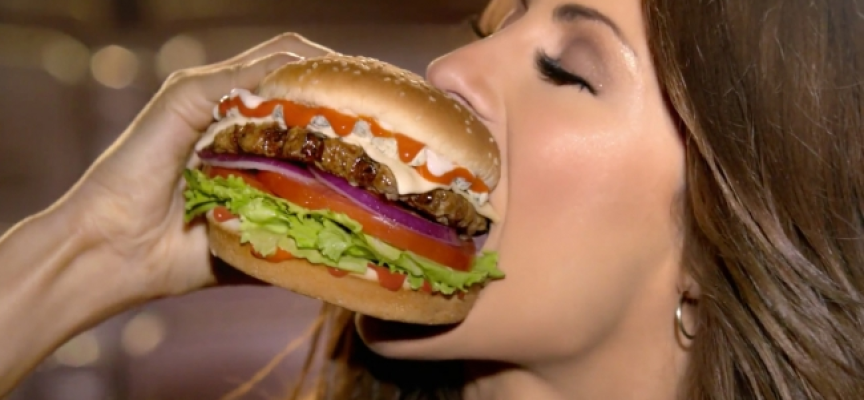Meat produced without killing animals is heading to your dinner table
“Burgers, ribs, fried chicken, and pork rolls are all staples of the western diet. However, the world’s growing consumption of meat has taken a huge toll on the biodiversity of animals and the environment as a whole. According to Slow Food, just in the second half of the 20th century, global meat consumption
increased fivefold, growing from 45 million tonnes of meat consumed in 1950 to almost 300 million tonnes today. If not stopped, that number could double by 2050. The trouble with this, though, is that raising cows for beef production is expensive. You can cut down on costs with a factory-farming model,
but the increased risk of disease and pollution, and the reportedly cruel nature of factory farms make this less appealing. “
“Lab-grown beef may very well be the path forward. Lab-grown beef checks almost all of the boxes: it doesn’t require animal cruelty, and a study in Environmental Science and Technology showed that it could cut emissions from conventionally produced meat by up to 96 percent and cut down on the land use
required for meat production by 99 percent.”
“How lab-grown meat is made? Scientists first go about collecting a muscle sample from an animal. Then the technicians collect stem cells from the tissue, multiplying them dramatically and allowing them to differentiate into primitive fibers that then bulk up to form muscle tissue. With just this sample,
a company could make a large number of meat products. They claim that one muscle sample could produce, 80,000 quarter-pounders.”
“In a study published in Environmental Science and Technology, the study stated that “it is estimated that lab-grown meat, involves approximately 7–45% lower energy use (only poultry has lower energy use), 78–96%lower GHG emissions, 99% lower land use, and 82–96% lower water use depending on the
product compared.”
Though the verdict is still out there, the people who have tried lab-grown meat say it is delicious and would have a hard time telling the difference between real livestock and something lab-grown
Liked the article? Subscribe now to receive the hottest news and tricks every day.

